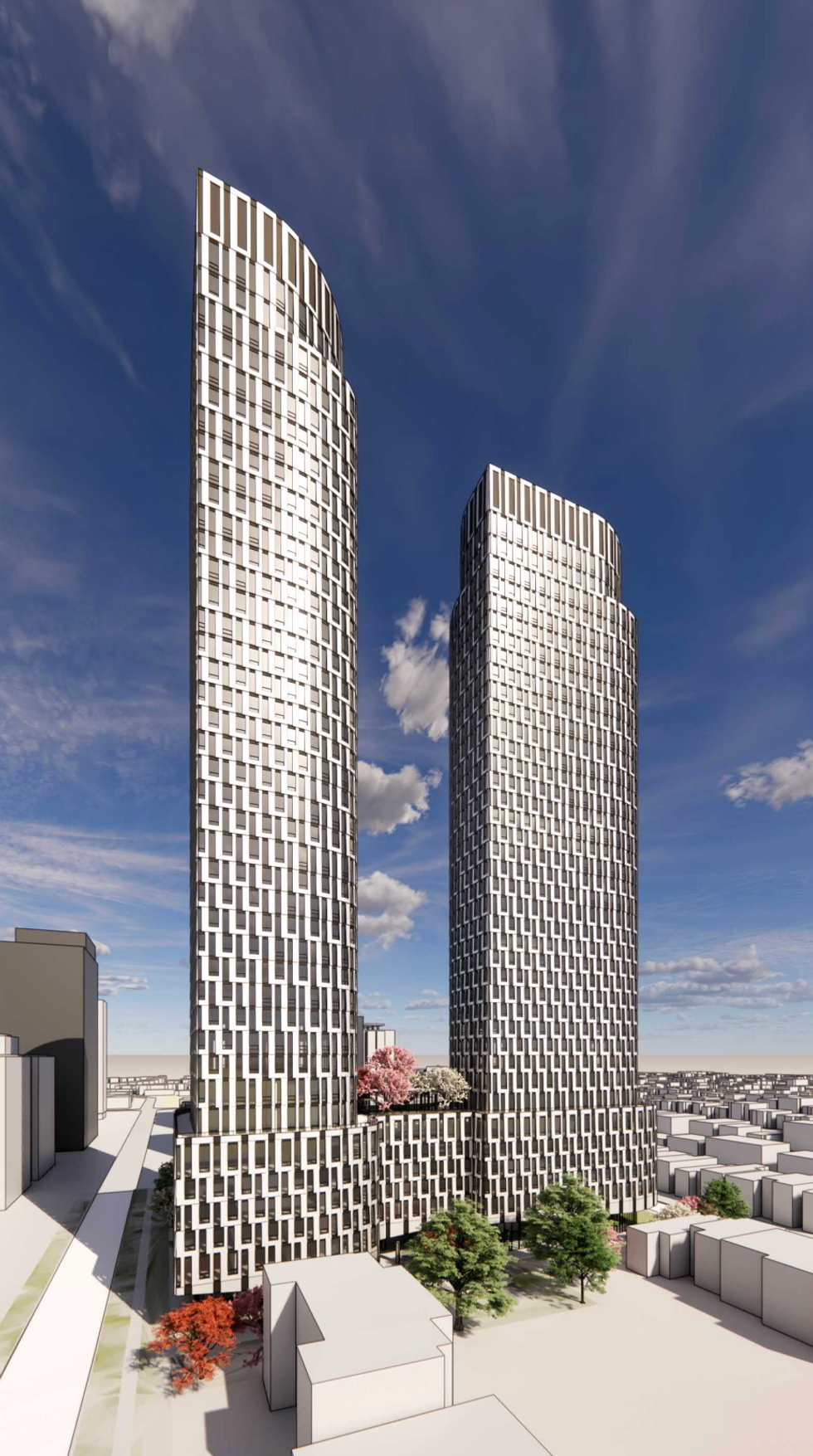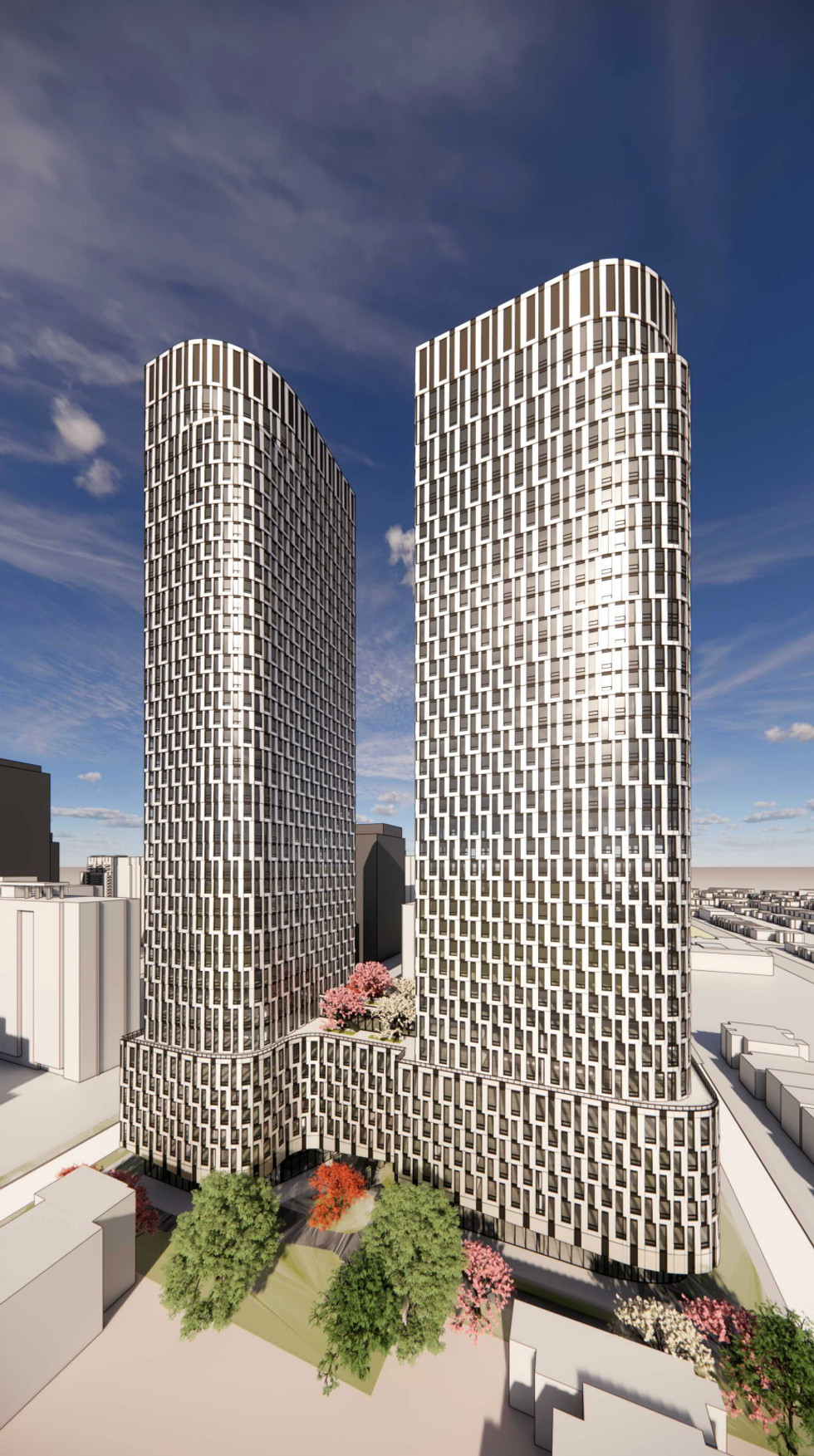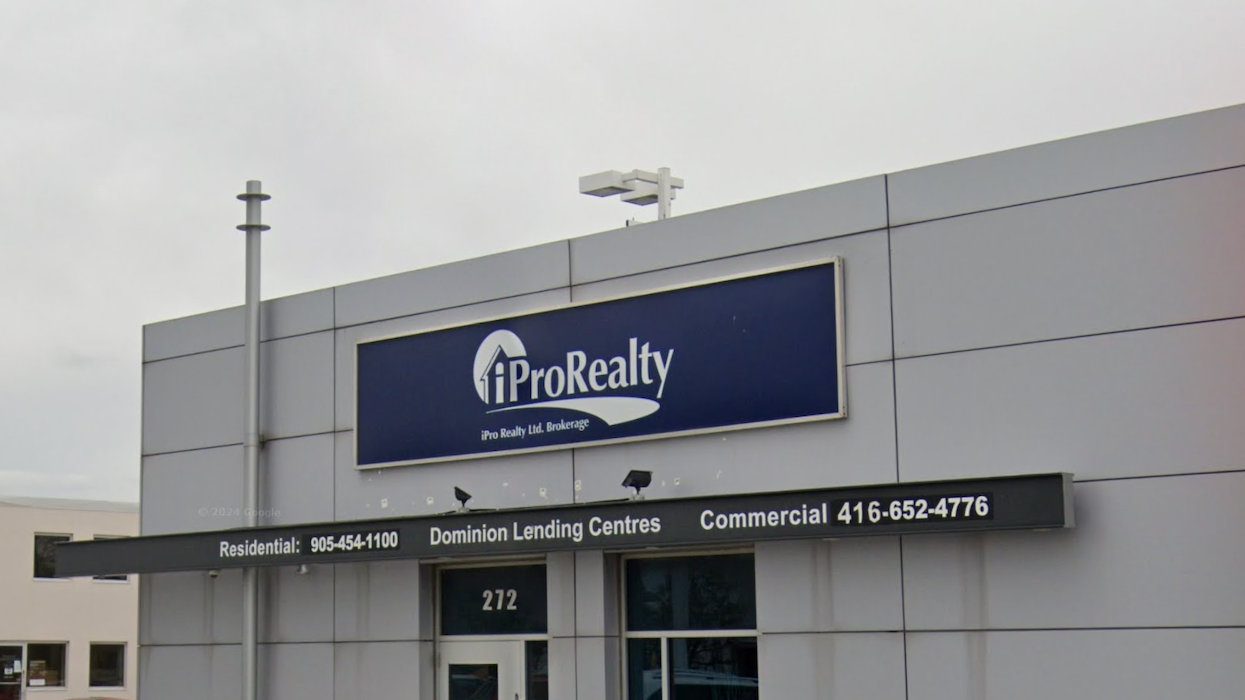Co-Signer
Explore what a co-signer is in Canadian mortgage financing, how it helps buyers qualify, and what responsibilities and risks are involved.

May 22, 2025
What is a Co-Signer?
A co-signer is a person who agrees to take equal responsibility for a mortgage loan if the primary borrower fails to meet payment obligations.
Why a Co-Signer Matters in Real Estate
In Canadian real estate, co-signers are commonly used when the primary applicant doesn’t meet income or credit requirements. The co-signer’s financial information is included in the mortgage application, increasing the overall qualifying power.
Key considerations include:
- Co-signers are legally liable for missed payments
- Their credit may be impacted by the loan
- The mortgage appears on both parties’ credit reports
Often a parent or close relative, a co-signer doesn’t usually hold ownership interest in the property unless formally added to the title.
Understanding the role and risks of a co-signer helps both parties make informed financial and legal decisions.
Example of a Co-Signer in Action
A parent co-signs a mortgage for their child who has limited credit history. They are jointly responsible for the loan but are not on the property title.
Key Takeaways
- Shares legal responsibility for the mortgage.
- Helps buyers qualify with stronger financials.
- Credit and liability affect both parties.
- Does not automatically own part of the home.
- Should understand full risk exposure.
Related Terms
- Mortgage Qualification
- Credit Score
- Debt Service Ratios
- Guarantor
- Mortgage Application


















